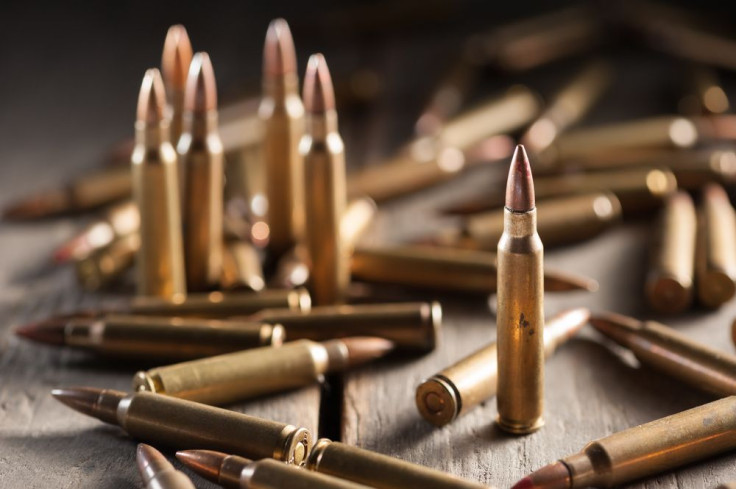Violence Begets More Violence: Why Mass Killings With Firearms May Be Contagious

"Violence begets violence; hate begets hate," the reverend Dr. Martin Luther King Jr. famously wrote in the article, "The Current Crisis in Race Relations," in 1958. Researchers are finding that to be true. Mass killings and school shootings are events that are contagious, spurring on more killings, a new study that appears in an edition of PLOS ONE suggests.
The group of researchers examined high-profile mass killings and school shootings around the United States and used a contagion model in order to determine whether the events caused any other tragedies. They were able to determine that mass killings and school shootings created a “period of contagion” that lasted nearly two weeks. This is especially true of mass killings involving firearms, where the researchers were able to determine that a similar event had been in the immediate past. Mass killings tend to be events bunched together, operating in chronological order, rather than occurring in random time.
“It occurred to us that mass killings and school shootings that attract attention in the national news media can potentially do the same thing, but at a larger scale,” Sherry Towers, a co-author of the study and faculty member of the Simon A. Levin Mathematical, Computational, and Modeling Sciences Center, said in a statement. “While we can never determine which particular shootings were inspired by unconscious ideation, this analysis helps us understand aspects of the complex dynamics that can underlie these events.”
Thirty percent of these tragedies seem to arise from contagion, the researchers found. The study was built off of the foundations of other studies that indicated that suicides in youth can also be contagious, spurring more suicides in youth. It can sometimes seem like a vicious cycle. Because the researchers found that on average, mass killings occurred on average monthly, making the aforementioned words of Dr. King keep ringing true.
The study on mass killings found no significant association between the rate of mass killings through firearms and the state prevalence of mental illness, although the researchers do note that in all the sample sizes that they used, the probability that the perpetrator committed suicide was much higher than the overall estimated perpetrator suicide rate of five to 10 percent for all homicides.
A 2013 survey from the Centers for Disease Control and Prevention about youth violence reported that nearly 20 percent said they were bullied on school property and 5.2 percent said they carried a weapon on school property on one or more days 30 days before the survey. This prevalence of children carrying weapons into school is consistent with the frequency of violence outside of schools. The researchers found that the state prevalence of firearm ownership is associated with incidences of mass killings with firearms or mass shootings.
While this study is not conclusive, as a lot of science isn’t, researchers are looking at tragic events like the one in Charleston and making efforts to learn why people behave the way they do when a mass killing ensues. If scientists can get to the root of the issue, then they can persuade the public and policymakers to push forward legislation which would help society become a safer place.
“The tragic events in South Carolina demand that we make every effort to learn the influence that media may have on population-level behavior,” Carlos Castillo-Chavez, a fellow researcher for the study and a mathematical epidemiologist from the College of Liberal Arts and Sciences’ School of Human Evolution and Social Change, said in a statement. “We hope that this research inspires the effort of others, particularly scientists, in helping us understand the impact of culture on random killings and how to prevent these heinous acts.”
Source: Towers S, Gomez-Lievano A, Mubayi A, et al. Contagion in Mass Killings and School Shootings. PLOS ONE. 2015.



























